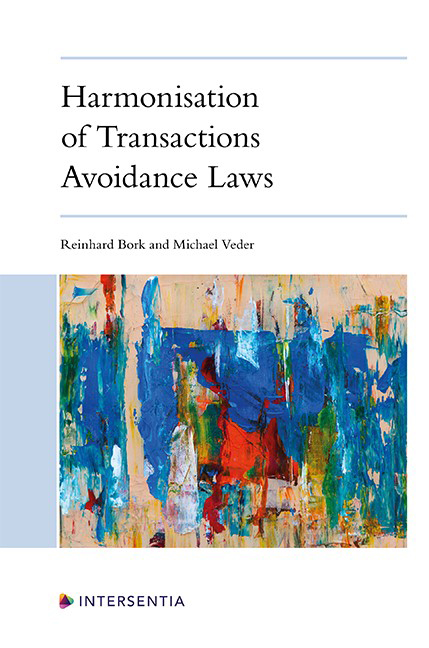The Netherlands
Published online by Cambridge University Press: 26 May 2022
Summary
INTRODUCTION
The Dutch Bankruptcy Act currently provides for four types of proceedings:
1. bankruptcy (faillissement);
2. suspension of payments (surseance van betaling);
3. natural persons’ debt relief scheme (schuldsaneringsregeling natuurlijke personen); and
4. pre-insolvency scheme (homologatie van een onderhands akkoord).
The opening of bankruptcy proceedings is commonly described as implementing a general attachment on the debtor’s assets for the benefit of his or her joint creditors. The objective of bankruptcy proceedings is the liquidation of the debtor’s assets for the benefit of his or her creditors. In practice, bankruptcy proceedings serve as an important instrument for the reorganisation and continuation of businesses in financial distress (through a sale (i.e. liquidation of assets) of (part of) the debtor’s business as a going concern).
The suspension of payments proceeding can be described as a general deferment of payment of non-preferential claims against the debtor. During the period for which the suspension of payments has been granted, creditors with non-preferential claims cannot take recourse against the debtor’s assets. The objective of the proceeding is to provide an instrument for the reorganisation and continuation of (partially) viable businesses in financial distress. In practice, it does not serve as a satisfactory instrument for the reorganisation of debtors in financial distress; generally, it is nothing more than a first step towards the debtor’s bankruptcy.
The objective of the natural persons’ debt relief scheme is to provide overindebted natural persons – whether they carry on a business or practice an independent profession or not – with the possibility of a “fresh start”. During the proceedings, which can continue for up to three (or – under certain circumstances – five) years, the debtor’s assets are liquidated for the benefit of his or her creditors and the debtor must make a maximum effort to generate funds to repay his or her creditors. The proceedings in principle results in a discharge of the debtor.
On 1 January 2021 the Act on the Confirmation of Private Restructuring Plans (Wet Homologatie Onderhands Akkoord, hereafter also: WHOA) entered into force.
- Type
- Chapter
- Information
- Harmonisation of Transactions Avoidance Laws , pp. 1043 - 1078Publisher: IntersentiaPrint publication year: 2022



